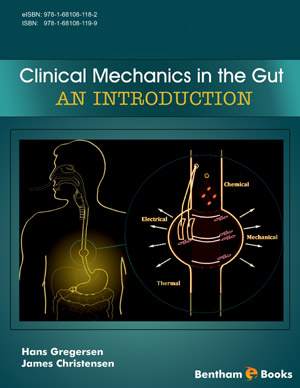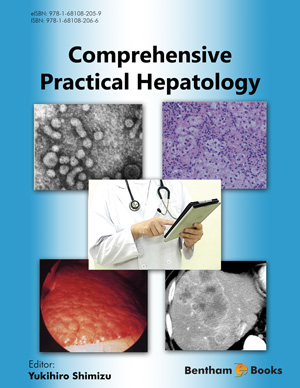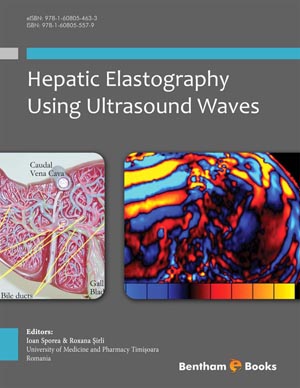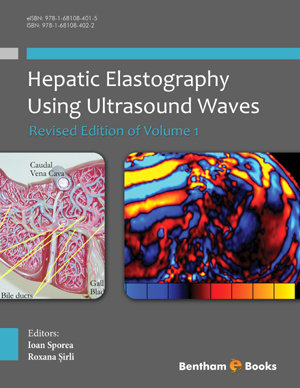Abstract
Abdominal pain (AP) is a very common complaint that renders it elusive to
diagnose in most instances. After history and evaluation narrow the list of differential
diagnoses (DD), ancillary investigations including laboratory tests and radiological
modalities are ordered. Of note, these adjuncts will only help the clinician who bears a
presumptive diagnosis on the mind. Non-invasive, repeatable and cost-efficient options
such as ultrasound are preferred initially, although, in most instances, more specific and
definitive information warrants advanced imaging techniques including computed
tomography and contrast studies. Laboratory work-up needs to be tailored to the
individual based on findings on evaluation. ECG, complete blood count and blood
chemistry can provide inappreciable clues for specific diagnoses while none will be
sufficient per se. Urinalysis and specific cultures including stool studies will expedite
recognition of urinary tract infection, amebiasis and other infections when indicated.
B-hCG level can prevent unwanted exposure to radiation and drug effects on an
unrecognized pregnant woman. Thus, all these adjunctive investigations should be
included in the management plan individualized to the patient, based on the history and
evaluation findings.
Keywords: Abdominal pain, Computed tomography, Contrast media, Diagnosis, Imaging, Laboratory tests, Physical examination, Radiological.













